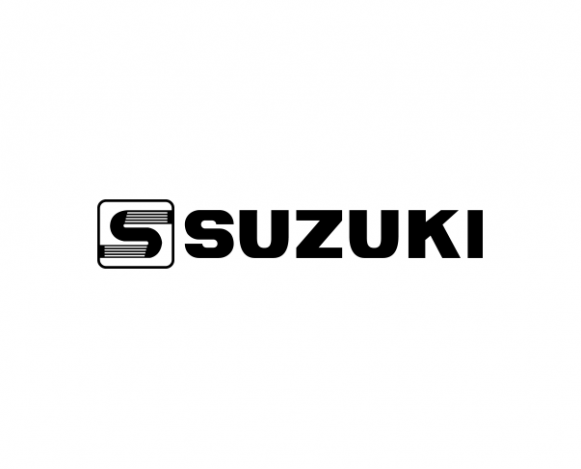
Production start date: late 19th century
Japanese instrument manufacturer founded by Masakichi Suzuki (1859-1944). Suzuki’s father worked in the manufacture of shamisen, a Japanese chordophone, and the family hoped his son would follow suit. However, Suzuki became a violin luthier while still a student. In 1888, Suzuki had a team of assistants who helped him in the manufacture of instruments. In 1890, construction began on a violin factory in which he introduced the division of labor and machinery with design created by him. In the second decade of the 20th century, the company experienced great growth: two factories were opened which together employed around 1000 employees, producing around 500 instruments, including Italian-style mandolins, and 1000 bows a day. Most of these instruments were destined for export. In 1930, Suzuki Violin Seizō became a publicly traded company and after World War II the company split into two: Suzuki Violin Co. (now Kiso Suzuki Violin Co.) and Suzuki Violin Manufacturing Co. (now Nagoya Suzuki Violin Co.). Currently, the two companies produce violins, violas and cellos for students; Kiso Suzuki Violin Co. also produces guitars. Masakichi’s son Shin’ichi Suzuki (1898–1998), a violin teacher and music education scholar, was the originator of the Suzuki method of music education.
References:
GROVE MUSIC ONLINE, 2014. Nagoya Suzuki – The Official American Website of the Suzuki Violin Co. LTD – Japan. Available at: <http://www.nagoyasuzukiamerica.com/index.html>. Access in: Dec. 2014.






